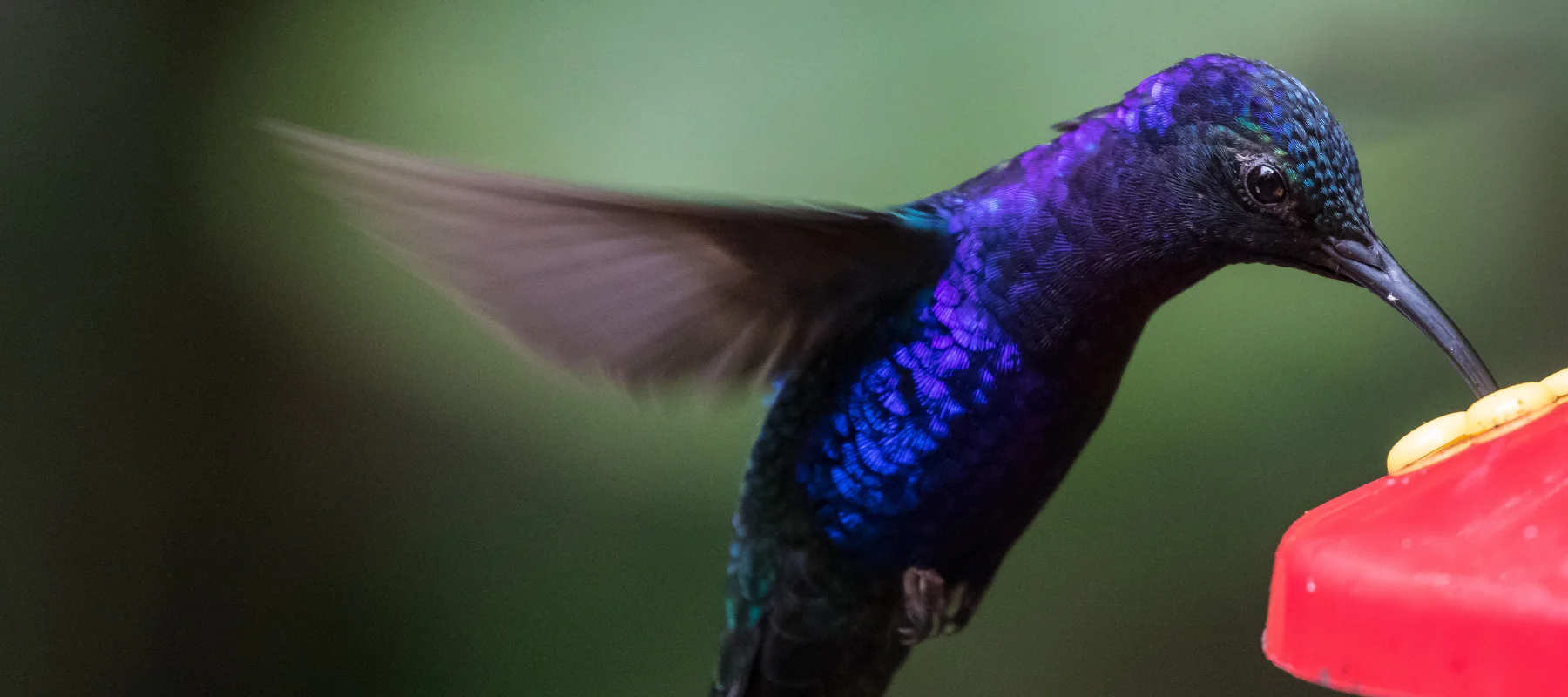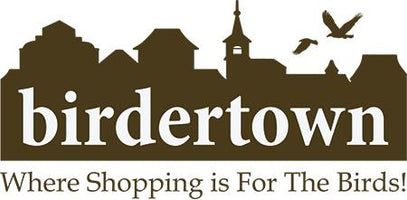
Where to Hang Hummingbird Feeders?
We absolutely love hummingbirds. There is just something so exciting and magical about watching them hover while they sip their food or seeing them chasing one another around, competing for food. If you are new to birding, you may be wondering where to hang hummingbird feeders. We are here to help you out.
Hummingbird feeder placement is an important thing to consider. This may be particularly important if you live in a warmer southern area where you can find hummingbirds year-round or where they begin arriving early in the year. Here are our top tips for where to hang hummingbird feeders.
Things to Consider When Deciding where to Hang Hummingbird Feeders
There are a few major things that you should consider when you plan where your feeders should be placed. These include things related to the needs of the bird as well as things related to your own needs. Finding places that help balance this are key to being happy with your feeder placement.
They Need to Find It
Of course, an absolutely key aspect to hanging hummingbird feeders is ensuring that the tiny little birds are able to find them. Thus, you want to pick a location that is easily visible. One great way to do this is to choose a feeder that is red in color. The birds are attracted to the bright color.
You Need to Be Able to See Them
Of course, a prerequisite for being a happy birder is being able to see the birds you are hoping to attract. Thus, you want to be sure that you are placing feeders in locations where you will be able to easily see them. After all, providing them with food is great but you want to see them too.
They Need Protection
Hummingbirds are very vulnerable to predators. Thus, it makes sense that they want to feed in areas where they feel fairly safe. Because of this, hummingbird feeders should be located within about 10 to 15 feet of some type of protective cover. Additionally, feeders should be at least 5 feet off of the ground as the birds like perches that allow for better views. Also, consider placement that protects them from the sun during the heat of the day, or opt for a feeder with a shade.
It Needs to Be Convenient
Hummingbirds are very thirsty creatures. Thus, you will be refilling their food quite often, particularly during the peak of the season. Thus, when considering where to hang your hummingbird feeders, think about the ease of access to refill them.
The Best Spots for Hanging Hummingbird Feeders
When you are ready to hang your feeders, there are a couple of spots that tend to be a favorite for many birders. Let’s take a look at Birdertown’s top spots for where to hang hummingbird feeders.
Attached to a Window
This is a favorite because it will get the birds to come right up to you. A kitchen window, in particular, is loved by many people. There are special types of feeders that use suction cups to attach to windows. These are perfect for the occasion. These types of feeders do tend to be smaller and hold less liquid. Thus, you will probably need to change them more often.
Hang From a Gutter, Awning, or Tree
Another great tactic is to hang your hummingbird feeder from a gutter, awning, or nearby tree. This serves a dual purpose. For one, it provides the birds with height and shade from the midday heat. Secondly, it will generally provide you with a fairly good view of the birds. If you select a tree, just make sure it is one relatively close to your house.
Near Flowering Plants
Hummingbirds enjoy eating both nectar and bugs. Thus, many people prefer placing their feeders near existing flowering plants. Some may even strive to create a “hummingbird garden” by placing several flowering plants in a particular area and hanging a feeder there as well. Flowering plants are great for attracting the birds and ensuring they notice the feeder while also being a habitat for juicy insects.
Get Ready for Hummingbird Season with Birdertown
If you want to attract hummingbirds to your yard, we offer a wide selection of different types of hummingbird feeders. Feel free to take a look at our great products and keep coming back for helpful tips on birdwatching.
